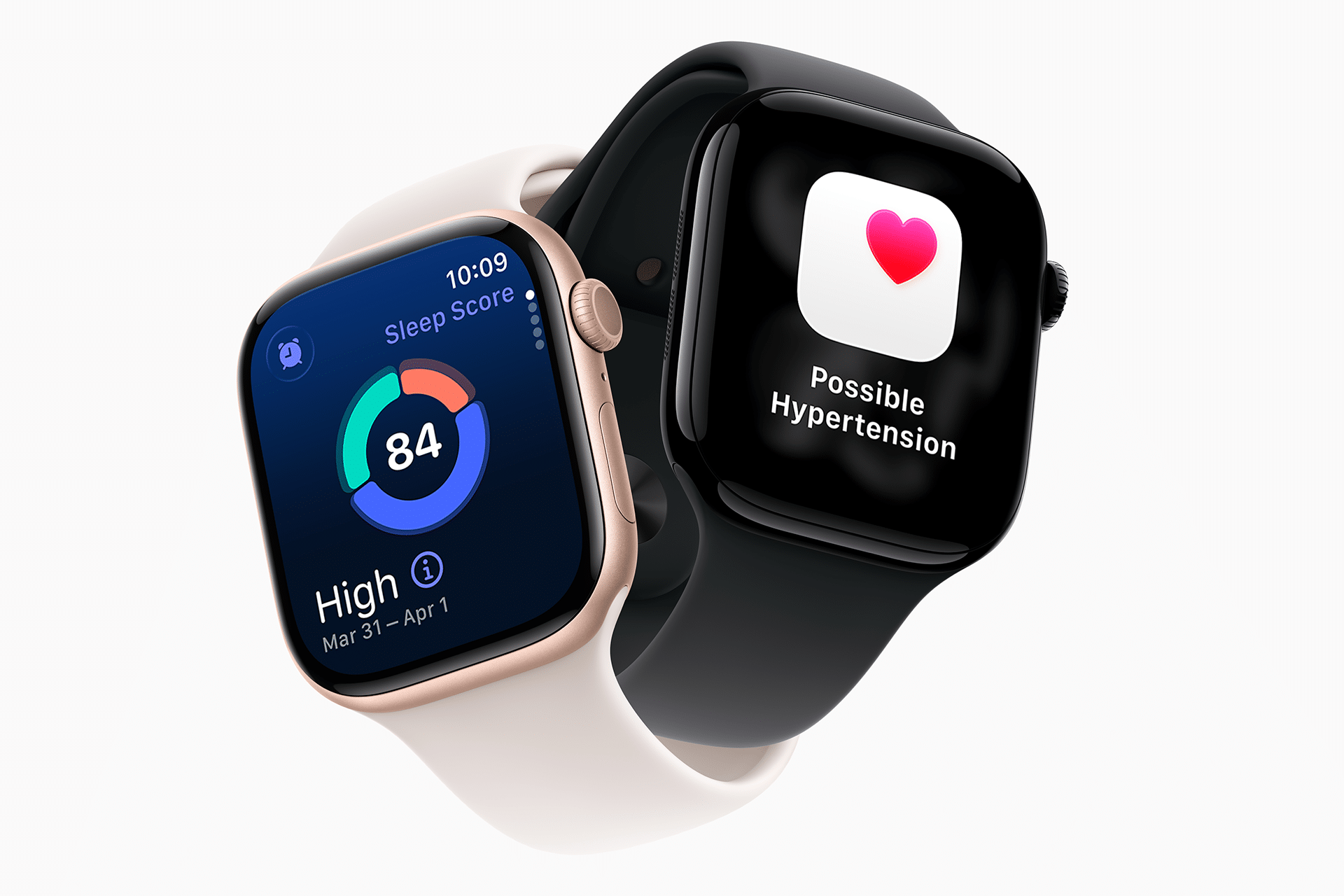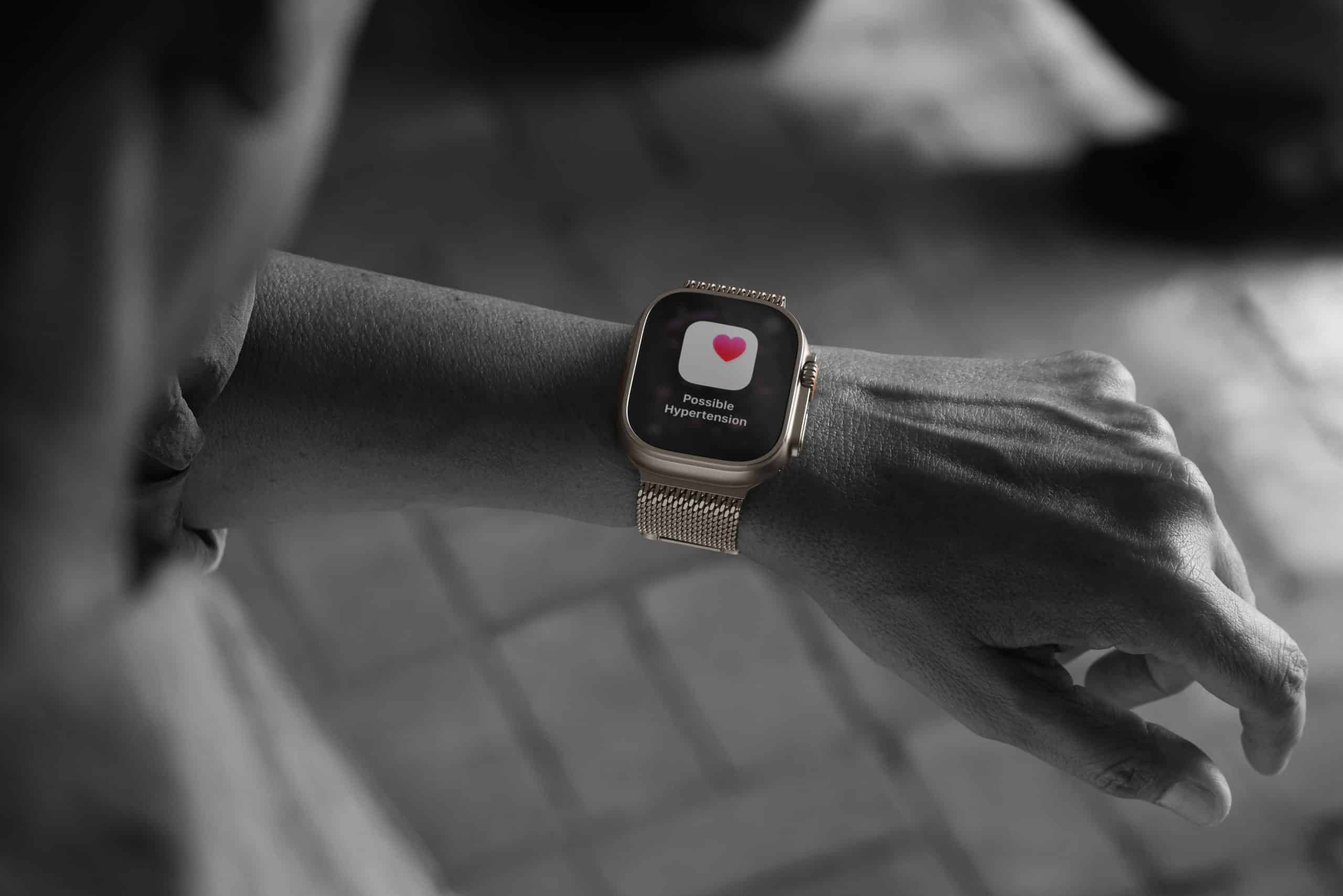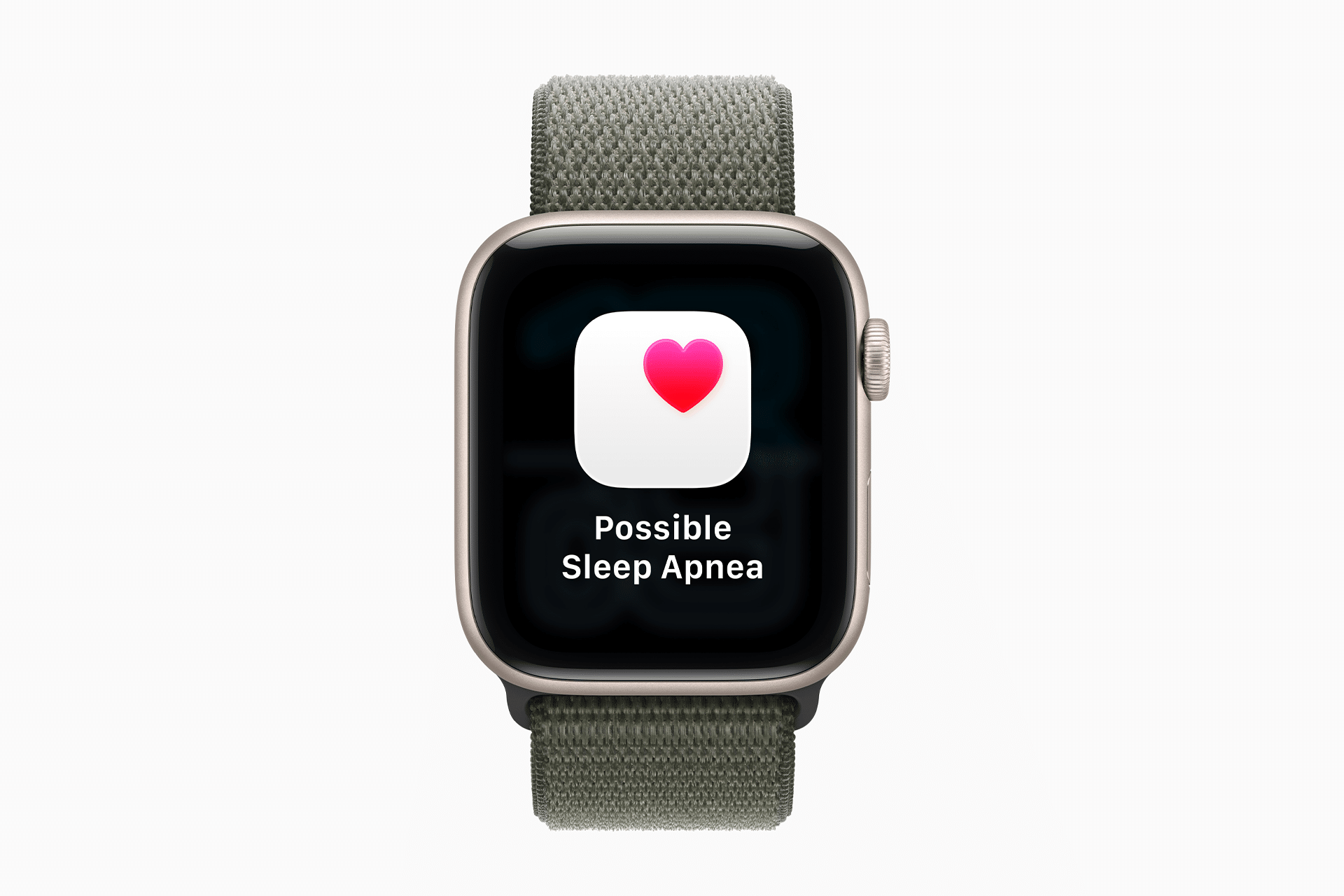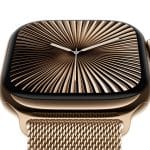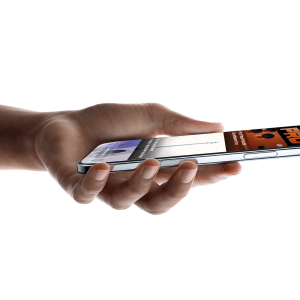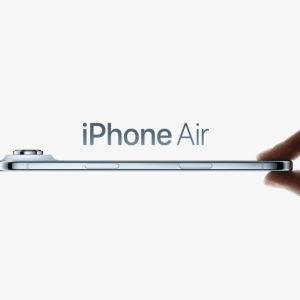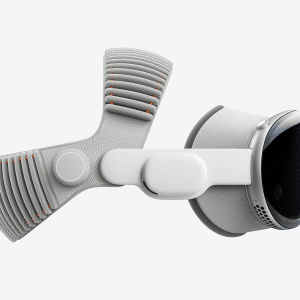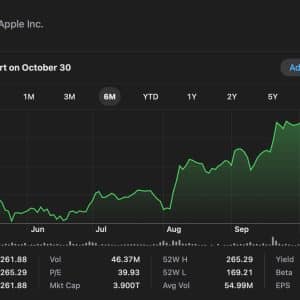The hypertension detection feature, first announced at Apple’s September 2025 event, uses the Apple Watch’s optical heart sensor to analyze blood vessel responses to heartbeats over 30-day periods. Unlike traditional blood pressure monitors, it doesn’t provide precise systolic or diastolic readings but identifies consistent patterns suggestive of chronic high blood pressure. Apple expects this tool to notify over 1 million people with undiagnosed hypertension in its first year, offering a proactive approach to a condition that often goes unnoticed due to its lack of obvious symptoms.
Developed with machine learning and validated in clinical trials involving over 2,000 participants, the feature is designed to be both reliable and non-intrusive. Users who receive alerts are advised to monitor their blood pressure for seven days using a third-party cuff and consult healthcare providers, aligning with American Heart Association guidelines. This approach ensures that the Apple Watch serves as a screening tool, not a diagnostic device, encouraging timely medical follow-ups.
Broad Compatibility Across Models
Initially highlighted for the Apple Watch Series 11 and Ultra 3, the hypertension feature extends to older models, including the Series 9, Series 10, and Ultra 2, with the rollout of watchOS 26. This broad compatibility, covering devices released since 2023, makes the technology accessible to millions of existing Apple Watch users without requiring an upgrade. The feature will launch in over 150 countries, including the U.S., though some regions may need additional regulatory approval.
The decision to include older models reflects Apple’s commitment to democratizing health tools. By leveraging software updates, the company ensures that users with recent devices can benefit from cutting-edge features, potentially increasing adoption and impact. However, the feature is not intended for those under 22, pregnant individuals, or those already diagnosed with hypertension, ensuring it targets undiagnosed cases effectively.
Clinical Validation and User Trust
Apple’s hypertension alerts are grounded in rigorous research. The technology was developed using data from studies involving over 100,000 participants, with clinical trials confirming its efficacy. The system operates passively, analyzing data in the background without user intervention, and delivers alerts only when consistent patterns emerge. This minimizes false positives, addressing concerns raised by experts like Yale cardiologist Rohan Khera, who emphasized the importance of avoiding false reassurance in high blood pressure detection.
The FDA clearance, granted on September 11, 2025, underscores the feature’s reliability and safety. Unlike some competitors, such as Whoop, which faced regulatory scrutiny for unapproved blood pressure features, Apple’s proactive engagement with the FDA ensures compliance and builds user trust. The company’s transparent approach, including clear guidance to consult professionals, positions the Apple Watch as a trusted health companion.
Impact on Public Health
Hypertension, often called the “silent killer,” affects nearly half of U.S. adults, with many unaware of their condition. By integrating screening into a widely used wearable, Apple has the potential to address a major public health challenge. The feature’s global rollout, covering regions like the EU and Hong Kong, amplifies its reach, particularly in areas with limited access to medical screening.
For high-risk individuals, such as those with family histories of cardiovascular issues, the Apple Watch could serve as an early warning system, prompting lifestyle changes or medical interventions. Its seamless integration with the Health app allows users to track trends and share data with doctors, fostering a collaborative approach to health management.
Challenges and Future Potential
While the hypertension feature is a significant advancement, it has limitations. It won’t detect all cases of high blood pressure, and its reliance on third-party cuffs for confirmation may pose accessibility challenges in some regions. Additionally, the feature’s passive nature means users must be proactive in responding to alerts, which could be a barrier for less health-conscious individuals.
Looking ahead, Apple is reportedly working on a follow-up version that could provide precise blood pressure measurements, potentially eliminating the need for external devices. Such advancements could further elevate the Apple Watch’s role in preventative healthcare, setting a new standard for wearables.
